

“On the high-speed train, the structural health monitoring system works like a dynamic 'CT scanner' to continuously collect various indicators for key structural parts of railway vehicle, automatically ‘diagnoses’ and timely sends the ‘alarm’ in case of any damage, so as to ensure the operation safety of vehicle.”
The 1st International Workshop on Structural Health Monitoring for Railway System was held from 12th to 14th of October, and over 200 academicians, scholars and industrial experts from 13 countries and regions including China, USA, Germany, UK, France, Japan, South Korea, Spain, Australia and Hong Kong gathered in CRRC Sifang to share their ideas on new technologies of structural health monitoring for railway system.
The international workshop was jointly hosted by CRRC Qingdao Sifang Co., Ltd., CRRC Institute and Stanford University, with the theme of “looking back to development of structural health monitoring technology and looking forward to future application of structural health monitoring technology in railway industry”.
How could we know the health conditions of major structures, such as railway vehicle, bridge and tunnel, in real time during their entire life cycle from design, manufacture, operation to degradation and aging? Just like the doctor needs to check the health conditions of patients, it is necessary to monitor the health of structures constantly.
The structural health monitoring technology is to collect structural information and analyze the status and integrity of structures via the sensing network, so as to reach the objective of inspecting and identifying structural degradation or damages without manual intervention.
As an emerging intelligent technology, the most important feature of structural health monitoring is to change the conventional manual static off-line detection to an automatic dynamic online detection to diagnose the structures in real time and get accurate information of the health conditions of structures like an intelligent “doctor”, so as to provide an effective method for realizing the intelligent management of structural health and play an important role in guaranteeing the structural safety within the entire life cycle and improving the operation and maintenance efficiency of structures.
This workshop lasted for 3 days with 13 keynote speeches as well as different forms of communication including special report, oral report and poster presentation. Centering on the new technologies and new developments in structural health monitoring, academicians, scholars and industrial experts from different countries shared ideas on the breakthroughs and challenges of key technologies of structural health monitoring and discussed the application prospect and development path of structural health monitoring technology in the field of rail transit.

Liang Jianying, Vice President and Chief Engineer of CRRC Qingdao Sifang Co. Ltd., gave the opening speech titled as "Applications of Structural Health Monitoring on Intelligent High-speed Train".

Prof. Peter Cawley, Head of Mechanical Engineering Department, Imperial College London, world-famous expert in non-destructive testing, Fellow of the Royal Academy of Engineering and Fellow of the Royal Society, gave a keynote speech titled as "Reliable Quantification of the Performance of SHM Systems".

Dr. Matthias Buderath, Head of Airbus Defence and Space R&T Strategy and Operation, gave a keynote speech titled as "A Certifiable Framework for Maintenance Strategy Including Condition Based Maintenance".

Prof. Billie F. Spencer, Jr., University of Illinois-Urbana-Champaign, Fellow of the American Society of Civil Engineers, Director of Newmark structural engineering laboratory and Director of multi-axial full-scale sub-structure testing & simulation facility, made a keynote speech titled as "Campaign Monitoring of Railroad Bridges Using Wireless Smart Sensors".

Liu Shaoqing, Deputy Director of R&D Center of CRRC Qingdao Sifang Co., Ltd., gave a keynote speech titled as "Structural Health Monitoring of Carbody of High-speed Train".

Dr. Jeong-Beom (J-B) Ihn, Associate Technical Fellow in Structures Technology, Boeing Research & Technology, gave a keynote speech titled as "Boeing Perspectives on Structural Health Monitoring".

Prof. Massimo Ruzzene, D. Guggenheim School of Aerospace of Georgia Institute of Technology Atlanta, gave a keynote speech titled as "Guided Acoustical Wavefield Imaging for Damage Detection, Structural Characterization, and Transducer Design".
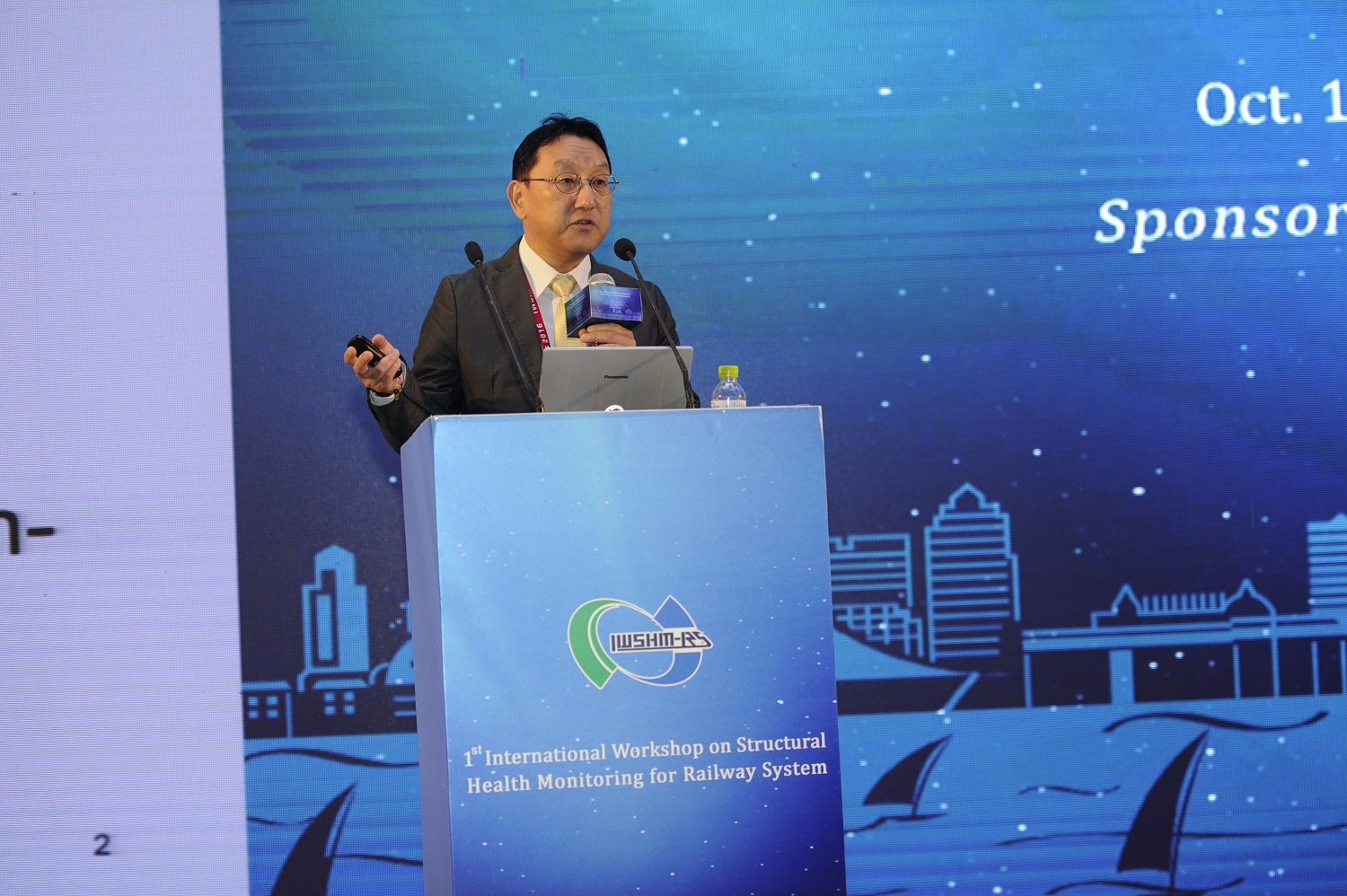
Prof. Hitoshi Tsunashima, Head of Department of Mechanical Engineering, College of Industrial Technology, Nihon University and Division Chairman of Transportation & Logistics Division of the Japan Society of Mechanical Engineers, gave a keynote speech titled as “Railway Condition Monitoring, Present and Future”.

Prof. Jay Lee, Ohio Eminent Scholar, L.W. Scott Alter Chair, and Distinguished Univ. Professor, University of Cincinnati, Director of NSF Multi-Campus Industry/University Cooperative Research Center on Intelligent Maintenance Systems (IMS), Expert Consultant of Cyber Physical System (CPS), Distinguished Professor of Shanghai Jiaotong University, and Fellow of the American Society of Mechanical Engineers (ASME) and Society of Manufacturing Engineers (SME), gave a keynote speech titled as "Predictive Big Data Analytics and Digital-Twin for PHM of High Speed Train Systems".
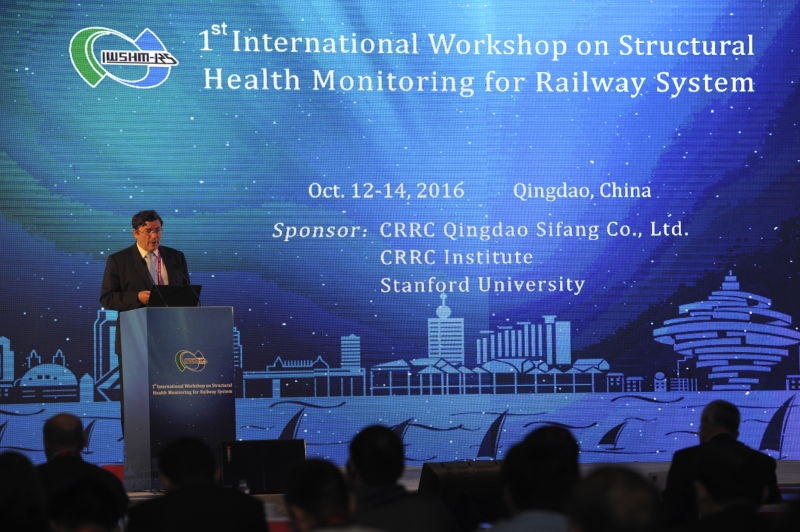
Prof. Alfredo Guemes, Professor of Aeronautics and Astronautics of Universidad Politecnica de Madrid and Organizer of EWSHM 2016, gave a keynote speech titled as “Applications of Distributed Fiber Optics Sensing to Railway Industry”.
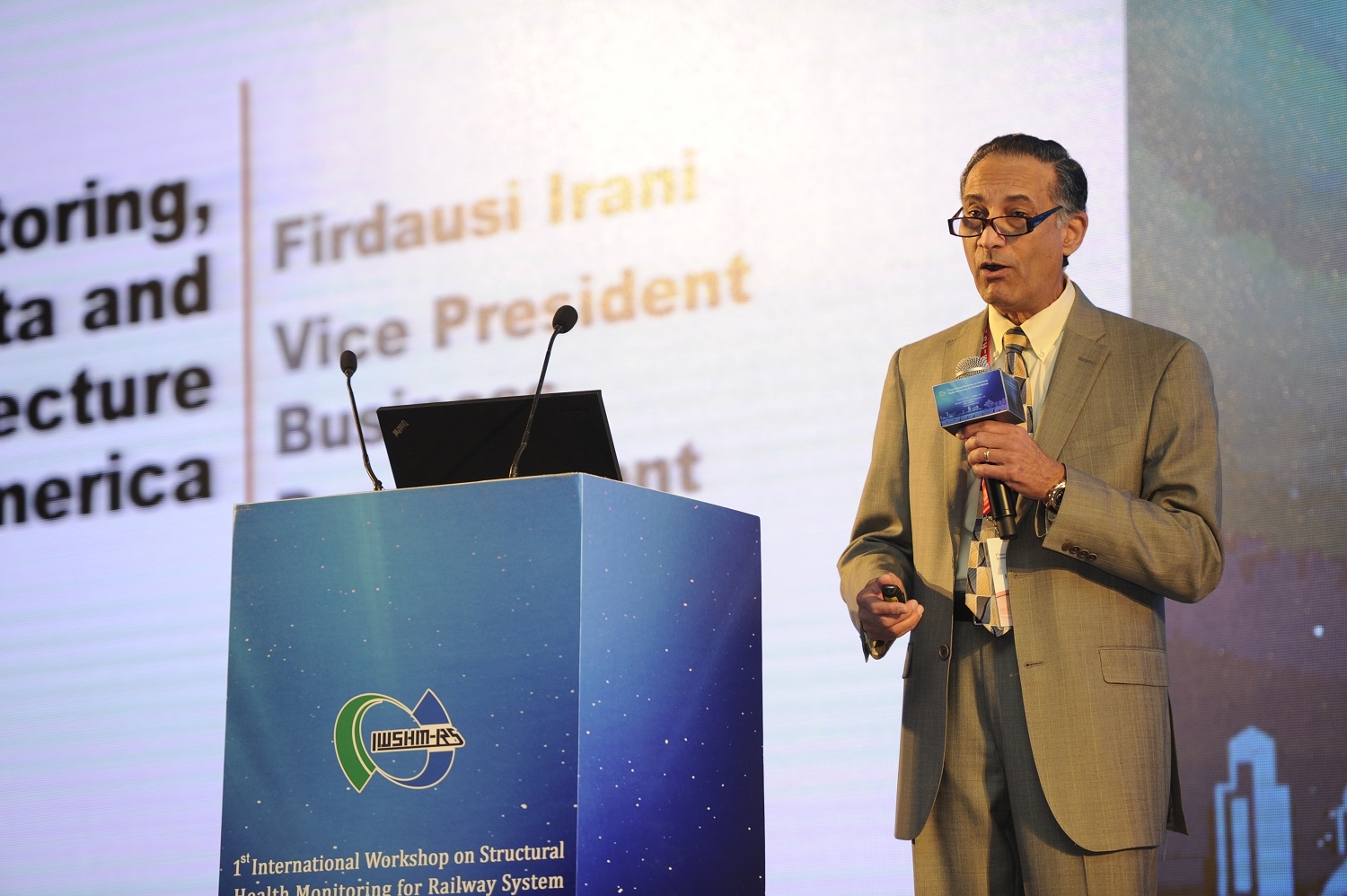
Firdausi D. Irani, Vice President of Business Development at the Transportation Technology Center, Inc. (TTCI), gave a keynote speech titled as “Condition Monitoring, Detector Data and Information Architecture in North America”.
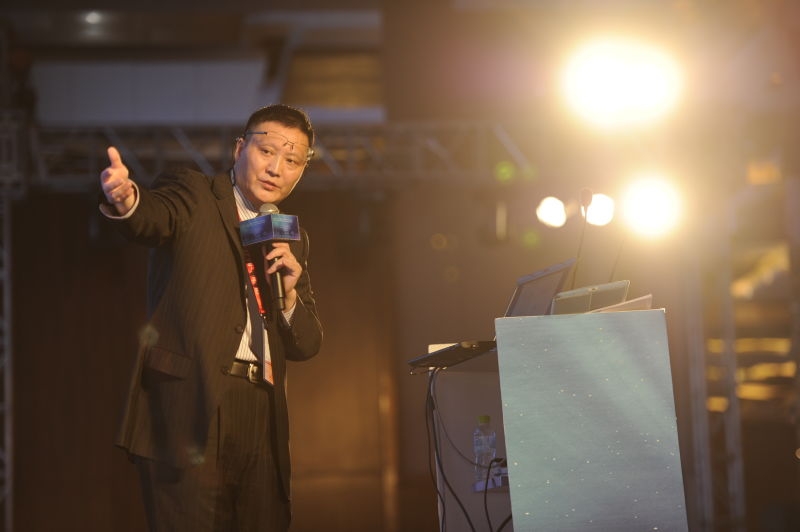
Prof. Ni Yiqing, Director and Professor of Hong Kong Branch of National Rail Transit Electrification and Automation Engineering Technology Research Center of The Hong Kong Polytechnic University and Convener of Railway Engineering Interdisciplinary Research at Hong Kong Polytechnic University, gave a keynote speech titled as “Structural Health Monitoring of High Speed Rail: Recent Progress”.
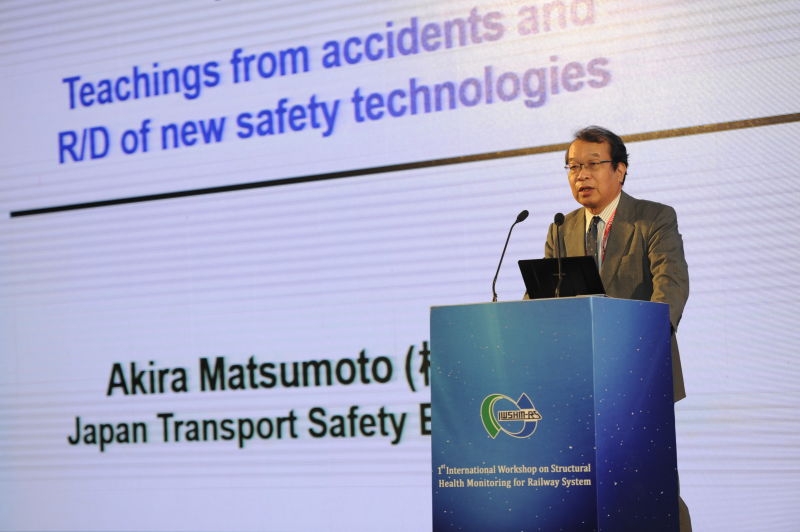
Dr. Akira Matsumoto, Member of Japan Transport Safety Board and Chair of Railway Subcommittee, gave a keynote speech titled as “Teachings from Accidents and R/D of New Safety Technologies”.
More than 100 papers were collected in the 1st International Workshop on Structural Health Monitoring for Railway System, from which the Organizing Committee selected excellent ones. In the Award Ceremony, 6 papers were awarded the Excellent Paper Award for 1st International Workshop on Structural Health Monitoring for Railway System.
During the workshop, experts from different countries visited CRRC Qingdao Sifang Co. Ltd., the core base for research and production of Chinese high-speed trains.
Participating experts believed that the workshop was “fantastic” for providing a valuable communication platform for international academic community and industrial community, expecting more applications of structural health monitoring technology in railway system before the next workshop.
The International Workshop on Structural Health Monitoring for Railway System would be held every two years to contribute to establish an international high-level platform for exchanging and sharing structural health monitoring technology and to promote rapid development and application of structural health monitoring technology in railway system.
As an emerging technology, structural health monitoring developed rapidly in various industries in recent years, providing a significant guarantee for the safety and effective automatic operation of different structures. The demand for application of structural health monitoring technology in railway system is increasing along with the rapid development of railway industry.
Currently, China's total railway operation mileage exceeds 120,000km, in which the high speed railway operation mileage exceeds 20,000km, ranking first in the world. More than 2,300 sets of high-speed trains have been put into service. The high speed railway operation mileage will reach 30,000km by 2020. At the same time, over 20 cities in the country have built urban rail transit lines totaling more than 3,000km, which is expected to reach 6,000km by 2020. Therefore, it could be foreseen that the structural health monitoring technology will play an even greater role in railway industry in the future.